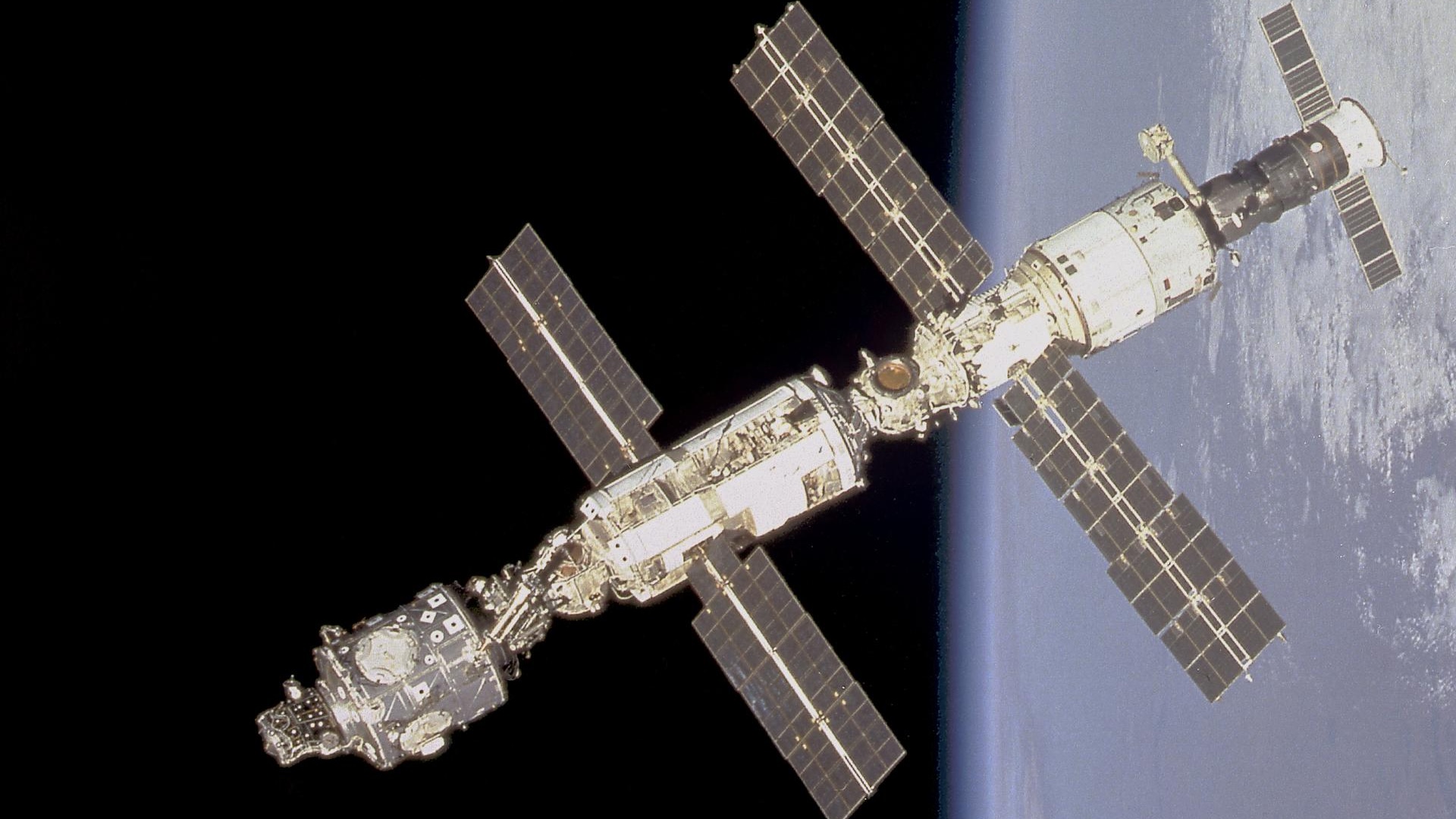Pathogens, Vol. 13, Pages 1009: In Silico Genomic Analysis of Avian Influenza Viruses Isolated From Marine Seal Colonies
Pathogens doi: 10.3390/pathogens13111009
Authors: Klaudia Chrzastek Darrell R. Kapczynski
Genetically diverse avian influenza viruses (AIVs) are maintained in wild aquatic birds with increasingly frequent spillover into mammals, yet these represent a small proportion of the overall detections. The isolation of AIVs in marine mammals, including seals, has been reported sporadically over the last 45 years. Prior to 2016, all reports of AIVs detected in seals were of low-pathogenicity AIVs. In spite of this, the majority of reported AIV outbreaks caused fatal respiratory diseases, with harbor seals particularly susceptible to infection. The H5 clade 2.3.4.4b highly pathogenic AIV (HPAIV) was detected in seals for the first time in 2016. Recently, many cases of mass seal die-offs have occurred because of 2.3.4.4b HPAIV and are attributed to spillover from wild bird species. The potential for seal-to-seal transmission has been considered after the mass mortality of southern elephant seals off the coast of Argentina. Close contact between seals and wild birds, the rapid evolution of H5N1 AIVs, and the possibility of efficient mammal-to-mammal transmission are increasing concerns due to the potential for the establishment of a marine mammal reservoir and public health risks associated with the pandemic potential of the virus. This manuscript details the detection of AIVs in the seal population, comparing interesting features of various subtypes with an emphasis on avian-to-mammal-to-mammal transmission. Phylogenetic characterizations of the representative seal isolates were performed to demonstrate the relationships within the different virus isolates. Furthermore, we demonstrate that the reassortment events between different LPAIVs occurred before and after the viruses reached the seal population. The reassortment of viral segments plays an important role in the evolution of influenza viruses. Taken together, these data report on the 45 year history between seals and AIVs.

 6 days ago
17
6 days ago
17


